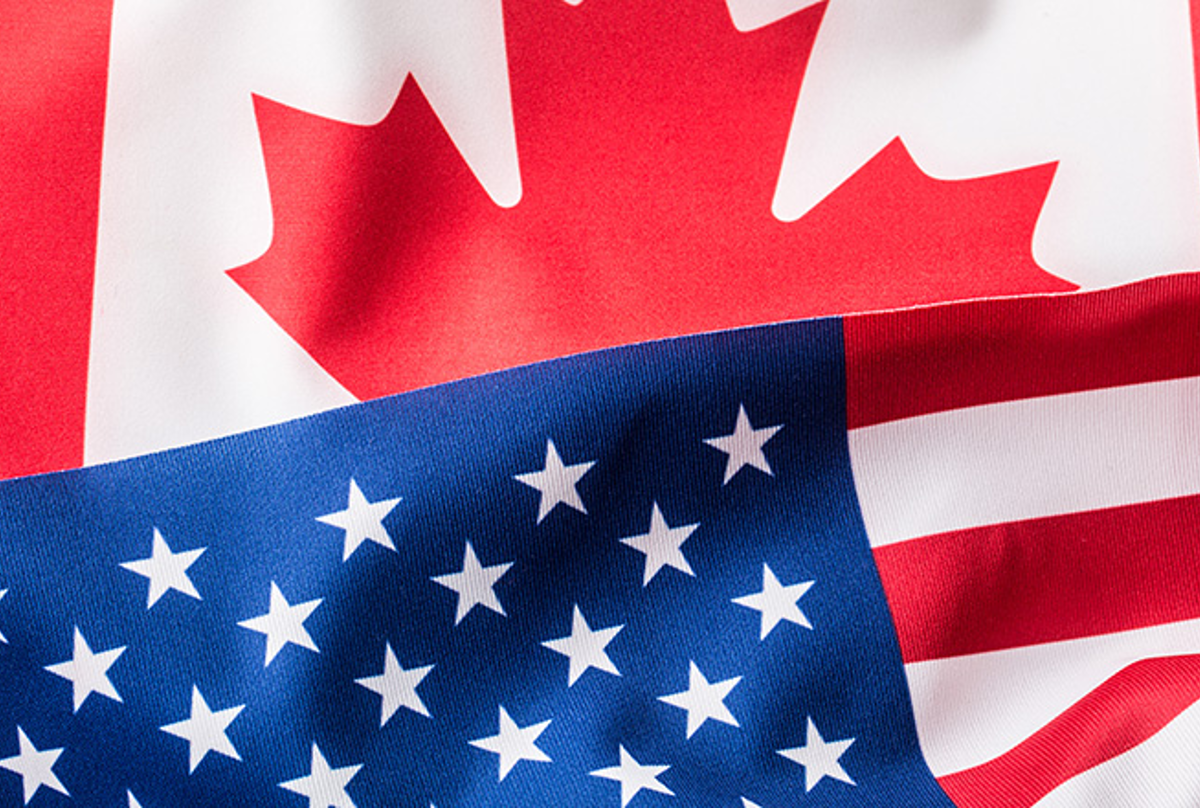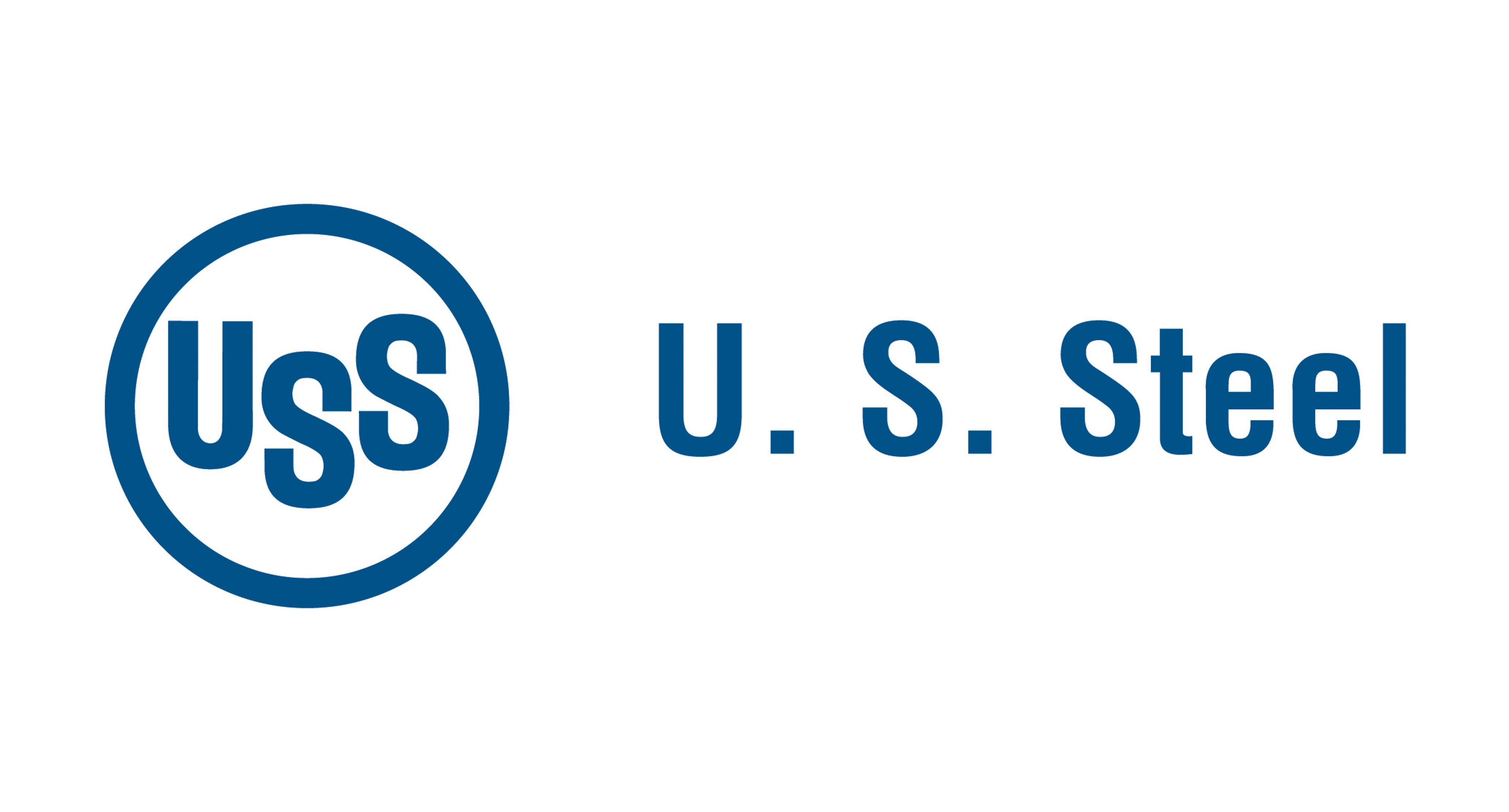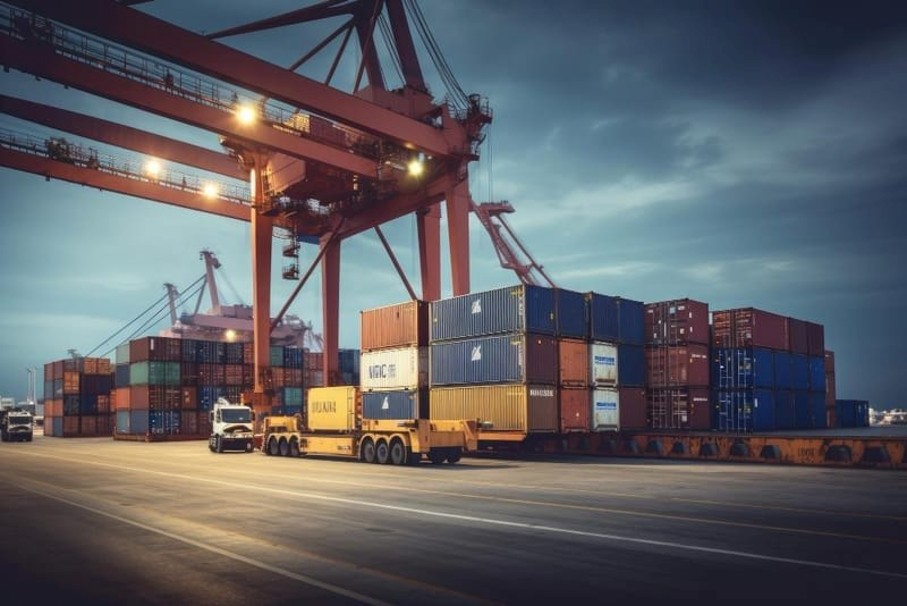Government/Policy

August 17, 2025
Leibowitz on Trade: The New World Orders
Written by Lewis Leibowitz
The question of the new order of the world was on many minds last week at the SMU Community Chat, when I was interviewed by David Schollaert of Steel Market Update. Questions ranged from the impact of tariffs to the world situation and its impact on steel, aluminum and copper demand. The basic answer is that nobody knows in detail what the effects of all the economic and geopolitical developments will be.
US President Trump and Russian President Putin met on Friday in Anchorage, Alaska, and nothing much changed in the Ukraine war. The killing and destruction will continue, at least for a while. President Trump seems to be willing to accept more killing until a lasting peace agreement can be worked out. That is what Putin wants. President Zelensky (Ukraine) is traveling to Washington on Monday to meet with President Trump. Will it be another disastrous meeting like the one last February? Who knows?
The world geopolitical order is definitely changing, as is the world economic order. In geopolitics, the postwar arrangement featuring the dissolution of colonial empires and the emergence of more than 200 countries, most of them entirely incapable of self-defense, is being replaced by a Great-Power system where the weak are not necessarily protected by the strong. In economics, the strong are now empowered by their own strength to set rules. Tariffs are the current weapon of choice. The GATT-WTO system of rules has essentially been neutered. Countries must choose between accommodating the demands of economic powers and retaliating with tariffs or other restrictions of their own.
The emerging world orders are inherently unstable and unpredictable. This appears to be the aim of the Trump administration. The old orders were not to America’s liking, in President Trump’s view, because America was no longer winning. Small wars that last “forever” marred the geopolitical landscape. And American manufacturing dominance was being eroded, in Trump’s view, by emerging nations that relied on such tactics as government subsidies and theft of intellectual property.
The global steel market is an example of this problem, although it’s far from the only one. Steel production and capacity far outstrip global demand. The Trump administration has singled out steel and a few other industries (such as pharmaceuticals, copper, aluminum, and semiconductors) for special treatment. In steel, the policy is to isolate the US market through protective tariffs, creating assured profitability for companies that make steel in the USA. Semiconductors seem to be headed in that direction too. Pharma illustrates the problems with that strategy. Creating a protected market in the US for prescription drugs has led to an explosion in health care costs to support continued research and development. The US consumer basically funds global R&D, with many countries requiring pharma companies to cut prices or face the possibility of intellectual property theft.
The wreckage of the old trade and geopolitical orders requires the construction of new orders. We don’t know how the restructured orders will take shape. Perhaps nobody knows. But it’s still early—the wrecking stage is still playing out; one hopes that soon new economic and geopolitical structures will be proposed.
One scary aspect of this uncertainty came up in the SMU Community Chat. The US steel industry simply does not produce certain products that American manufacturers need to make their products. Fifty percent tariffs on imported steel that American manufacturers need but cannot buy in the US are certainly counterproductive. In 2018, the Section 232 tariffs came with an exclusion procedure that allowed steel users to escape tariffs on products that are not made in the US. In March of this year, an executive order canceled the exclusion procedure.
Will the new economic order permit steel users to escape tariffs on products they cannot obtain domestically? Clearly, there should be such a process. The alternative would be to surrender affected markets to imports or to force those companies affected to look for steel substitutes. Alternatively, the government could require steel companies to produce those needed inputs, using their elevated profits gained by the tariffs to support new production. None of those ideas have been put forward so far. As noted above, we are still in the wrecking stage, hopefully to be followed by the rebuilding stage.
Just Friday, the Commerce Department announced a major expansion of the list of “steel derivative products” that will, as of tomorrow, Aug. 18, be subject to 50% tariffs for the first time. These products, which consist of final goods but more importantly intermediate goods used by US manufacturers, will jack up the costs of doing business in the United States, damaging US manufacturers. They provide more examples of downstream products that are unavailable from US sources, with no prospect of relief for American manufacturers. More breakage of the system, putting rebuilding farther off.
The new geopolitical order is similarly uncertain. The danger is that the conflict will expand. The launching of the Gaza war by Hamas in 2023 is one way that the conflict might expand. The other possibility is that strong countries will prey on their weaker neighbors (as Russia did with Ukraine, and Georgia, and Belarus). It appears inevitable that strong countries will stage future fights with other strong countries (India-Pakistan, India-China, for example). As conflict becomes more normal, escalation risks will increase.
As industries critical to war-making (aerospace, steel, aluminum, copper) become more important geopolitically, we will see those industries grow until the world develops a more stable system of living together in peace. May it come soon.
Editor’s note
This is an opinion column. The views in this article are those of an experienced trade attorney on issues of relevance to the current steel market. They do not necessarily reflect those of SMU. We welcome you to share your thoughts as well at info@steelmarketupdate.com.







